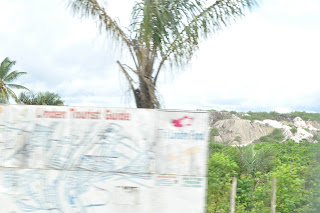The presenters were, Mr. Autry Haynes, Mrs. Nadia Gamel- Carter, Mr. Michael Khan, Mr. Hugh Payne, Mr. Terrence Fletcher, Mr. William Harris and Mr. Edward Jarvis.
The Hinterland Scholarship Programme, 1962 to 2012
ByEdward Jarvis, Coordinator FAST Track Initiative. World Bank Programme
In Guyana when we speak of the Hinterland, we are referring to the interior administrative regions, namely, Region One, (Barima/Waini), Region Seven, (Mazaruni/Cuyuni), Region Eight, (Potaro/Siparuni) and, Region nine, (Upper Essequibo/Upper Takutu). It is this geographic consideration which led in the first place to the scholarship programme being titled the Amerindian Scholarship programme and later, the Hinterland Scholarship programme.
The Amerindian Scholarship programme, now known as the Hinterland Scholarship Programme, was introduced by the Government of Guyana in 1962. The scholarship programme was renamed the Hinterland Scholarship programme in 1976. In 1976, therefore, the first batch of non- Amerindian children was awarded Hinterland Scholarships.
The Ministries of Works and Communications and Local Government were also responsible for the Hinterland Scholarship Programme respectively. In 1997, the Regional Scholarship Programme was introduced. This allowed for top top performing students at the Secondary Schools Entrance Examination, (National Grade Six Assessment) from various regions to enjoy the benefits of the programme without leaving their various interior/hinterland locations.
Some students were also awarded scholarships to study at the Guyana School of Agriculture and the Burrowes School of Art. The ages of students attending the technical institutions ranged from 16 to 25 years, while the ages of those attending the regular secondary schools ranged from 10 to 16 years.


